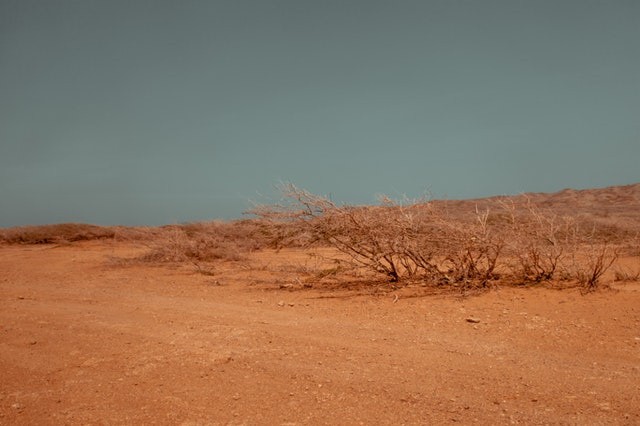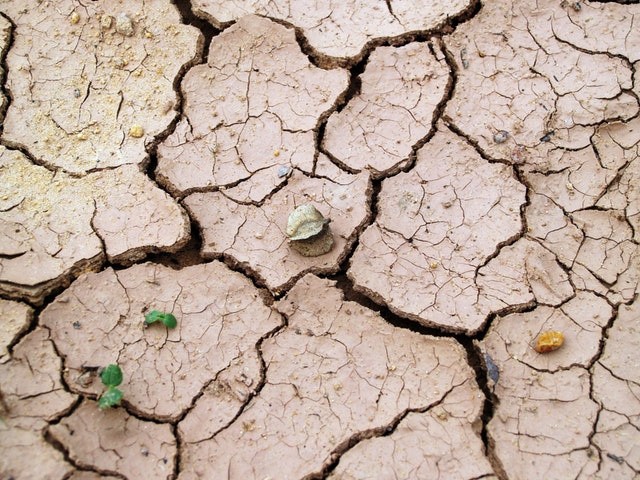Extreme drought largely attributs to climate change and could threaten as many as 700 million people by 2100, three times more than the existing number presently.
It could more than double the area of land affected by 2100. A researcher, Yadu Pokhrel of Michigan State University alongside his colleagues has developed a model on how the amount of water stored on land will change under varying degrees of climate change.

Pokhrel and his colleagues studied a measure known as terrestrial water storage.
This is the volume of water stored in different places including land, lakes, rivers etcetera. This model will help determine the level of potential drought and its threats to human existence.
Drought Threat In The US
Climate change is hitting hard in all fronts and threatening human existence.
The extreme drought brought about by climate change is already taking a toll on some parts of the world. Climate change has transformed moderate drought to the driest periods in the US and Mexico in more than a millennium.
The emerging megadrought over the past two decades ignited devastating wildfires, affected farmers in the region, and cut the flow of vital waterways.
A team of researchers led by A. Park Williams at Columbia University, New York, has revealed that almost half of the current episode of drought's severity is attributed to man's induced global warming. The recent episode of the drought was the second-worst megadrought after the one that occurred at the end of the 16th century.
The team worked out the region's soil moisture. They calculated figures of the past century using temperature, rainfall, and other weather records to construct soil moisture.
They also used data from more than 1500 tree-ring records dating back in time. This gave them a sign of how rapidly trees grew in a given year, which is based partly on how much water there was in the soil at the time.
ALSO READ - Common Every Day Activities That Help Mitigate Climate Change

Climate Models
The researchers used 31 different climate models. Each estimated how human-induced climate change affected rainfall over recent decades.
The researchers found out that there had been issues of drought in North America for the last 20 years but the effect was not felt since it was minimal.
Nonetheless, because of the drop in rainfall as a result of climate change, the drought may have been as much as 47 percent more severe.
"Even without climate change, we still would have had drought, but this drought would have been no big deal without climate change," says Williams.
Uncertainties still exist. This is because the research assumed trees respond to drought now in the same way as they did 1200 years ago. The same applies to plants which play a big role in determining how much water is in the soil.
This study has been widely accepted by other researchers. Joël Guiot at Aix-Marseille University, France, said it relies on excellent tree-ring data. Friederike Otto at the University of Oxford, linked climate change to the drought-driven Australia bushfires, but also validated the research highlighting how difficult it is to assess climate change's role in drought.
RELATED ARTICLE - Scorching Earth: 5 Hottest Places On The Planet
For more news, updates about drought and similar stories, don't forget to follow Nature World News!
© 2025 NatureWorldNews.com All rights reserved. Do not reproduce without permission.





